"All men think all men mortal, but themselves"
Edward Young
Edward Young
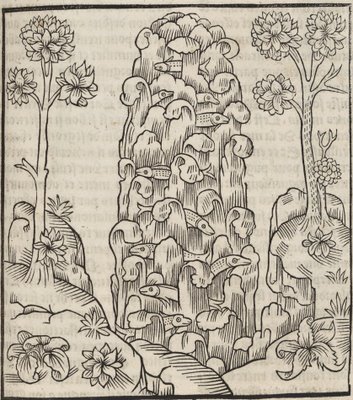
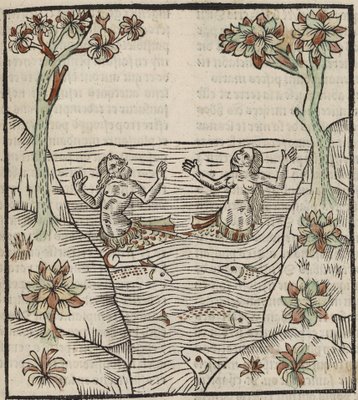
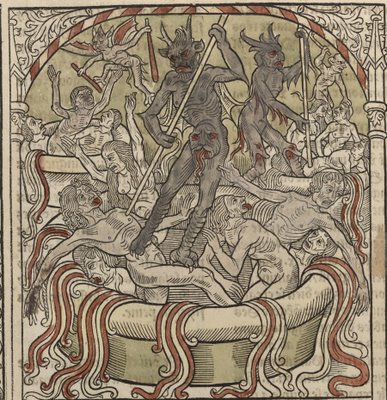
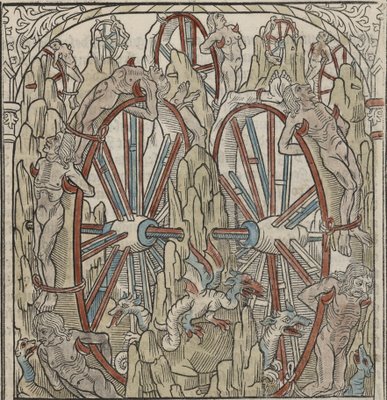

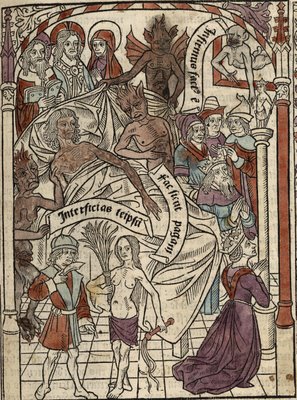



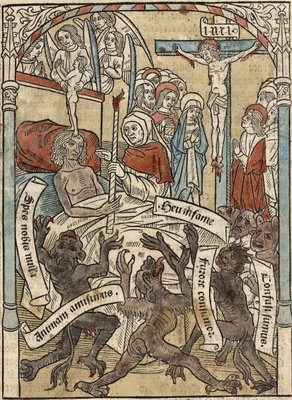
'Ars Moriendi' ('The Art of Dying') refers to two related texts (long and short versions) which emerged in Europe in the early and mid-15th century respectively.
"The first is a longer treatise of six chapters that prescribes rites and prayers to be used at the time of death. The second is a brief, illustrated book that shows the dying person's struggle with temptations before attaining a good death."The book containing 11 illustrations depicts scenes where lack of faith, despair, impatience, spiritual pride, and avarice tempt a dying person. Thus we have the demonic and angelic figures at the bedside above representing the temptations and corresponding redemptions through which the soon to depart must negotiate to obtain salvation. The last image shows the soul as a(n)
With the devastation of the black plague across Europe and the hundred years war between France and England, an early death was a distinct possibility if you were living in the 15th century. While the 'danse macabre' genre was more of an artistic response to the possibility of an early demise, 'Ars Moriendi' formalized emerging religious doctrines associated with the practices related to death, dying and eternity. But it also underlined the need for a person to be ready to die.
Originally published in latin, 'Ars Moriendi' was widely translated and appeared in various forms across Europe. I snagged the above images weeks ago from a 400+ page french version which I presume is actually the longer book combined with more than the original 11 woodcut illustrations. A couple of the above images are definitely 'extras'.
- 'Ars Moriendi' page by page {Rosenwald 424} - 'L'art de Bien Viure et de Bien Mourir, etcet' - at the Library of Congress [title page/printer's mark]
- A quick framed view of another version of the illustrations.
- 'Ars Moriendi' by Douglas F Duclow at deathreference.
- Wikipedia.
- Tangential: 'Social Intercession in Early Modern Gloucestershire' © Kirsty Owen: a scholarly essay reviewing the objects pertaining to the process of dying and the maintenance of a social heirarchy after death. [via]
- Even more tangential: 'The Gashlycrumb Tinies' by Edward Gorey, a 1962 macabre childrens(?) A to Z of death. [via]
- Somewhat tangential: 'Ars Moriendi in Numbers' © Catya Plate: painted canvas artworks.



















4 comments :
So I am not going to live forever? That is disconcerting, to say the least.
I guess your comment might.
The Bavarian State Library in Munich have just uploaded another version -
'Ars moriendi, ex variis sententiis collecta cum figuris ad resistendum in mortis agone dyabolice suggestioni valens cuilibet Christifideli utilis ac multum necessaria', Landishutum 1514.
Less sophisticated woodcuts from the few that I saw, surrounded by a decorative border.
Note that the soul is not in the form of a child, but rather of a homunculus, which is the standard iconography of the departing soul in medieval art.
Post a Comment
Comments are all moderated so don't waste your time spamming: they will never show up.
If you include ANY links that aren't pertinent to the blog post or discussion they will be deleted and a rash will break out in your underwear.
Also: please play the ball and not the person.
Note: only a member of this blog may post a comment.